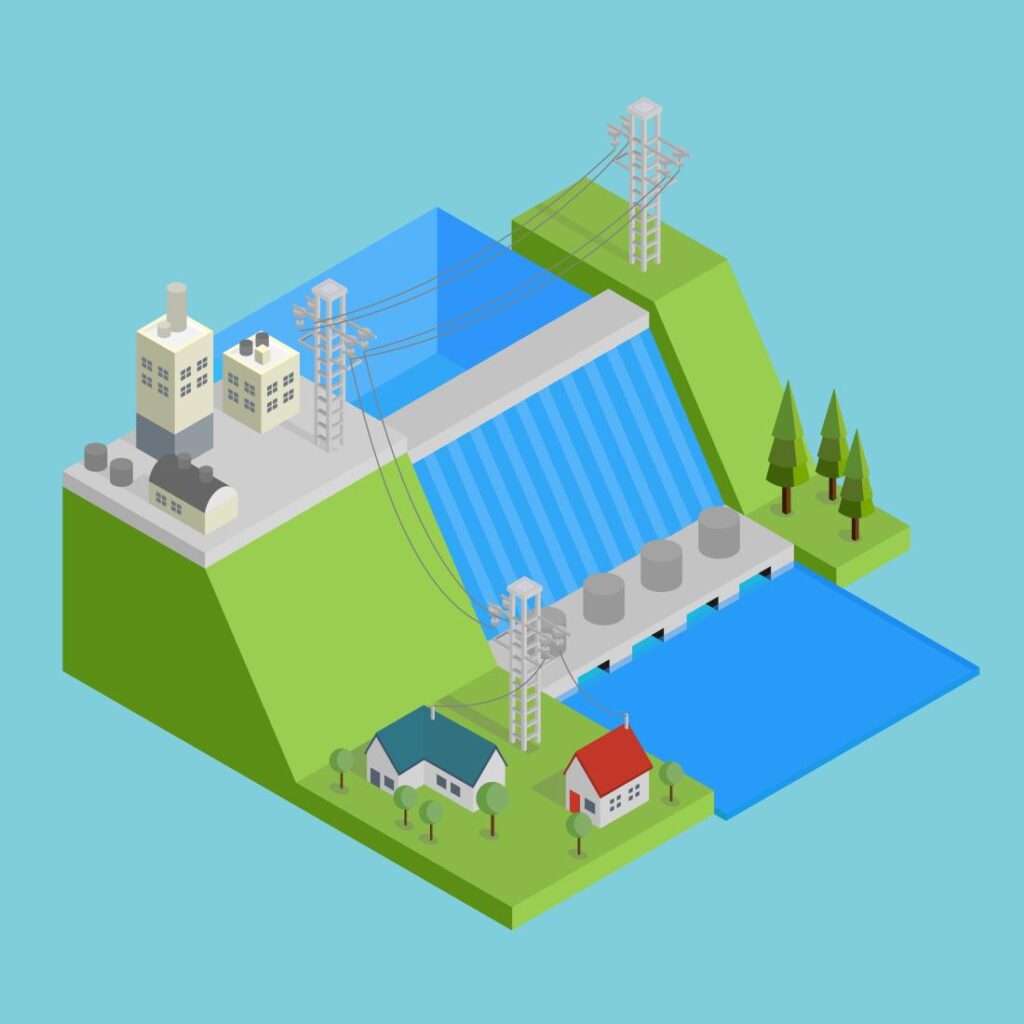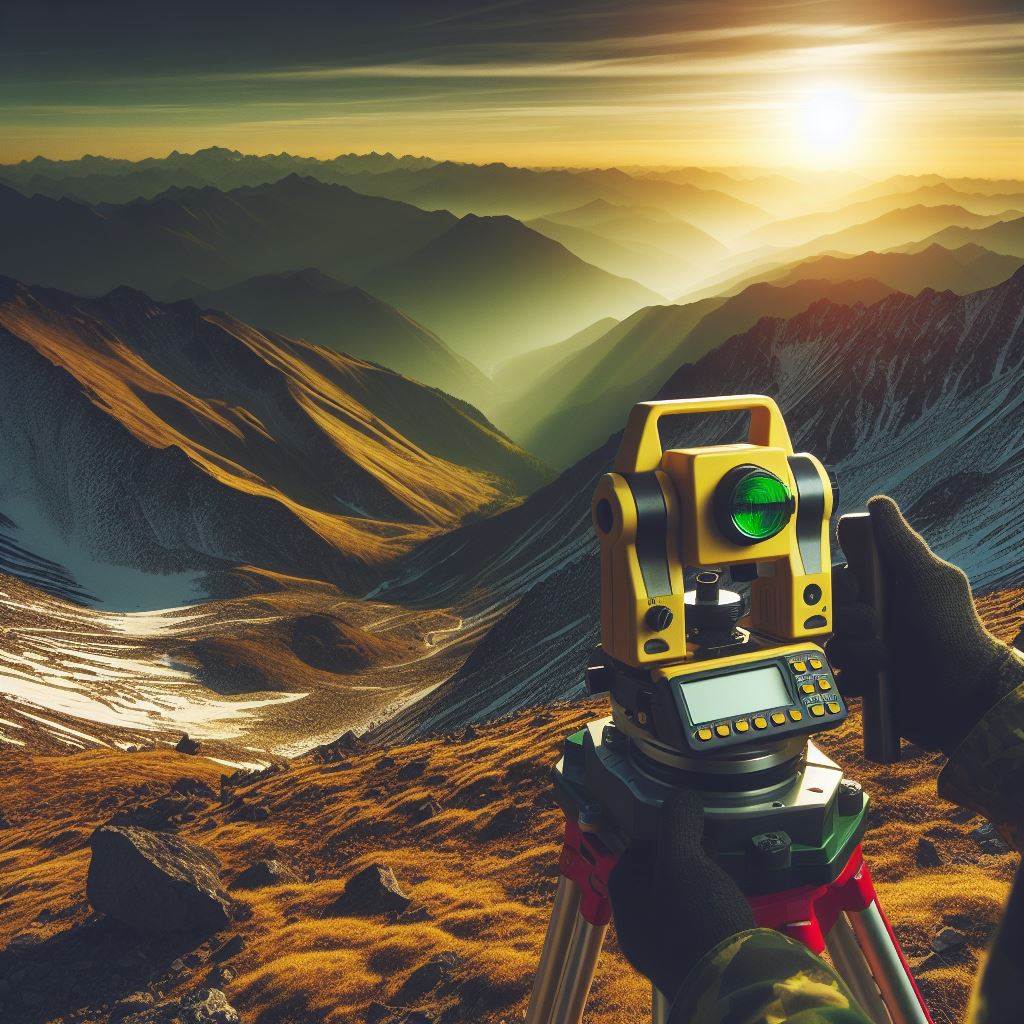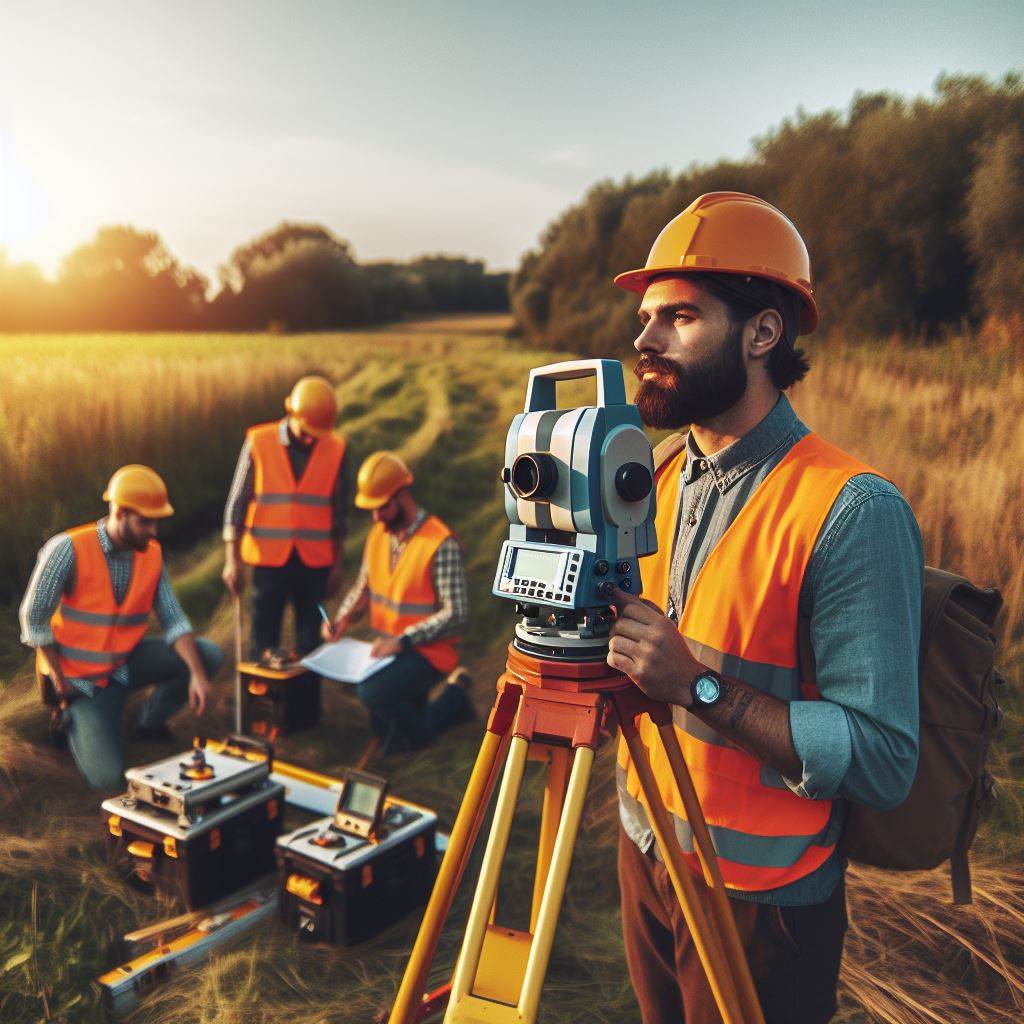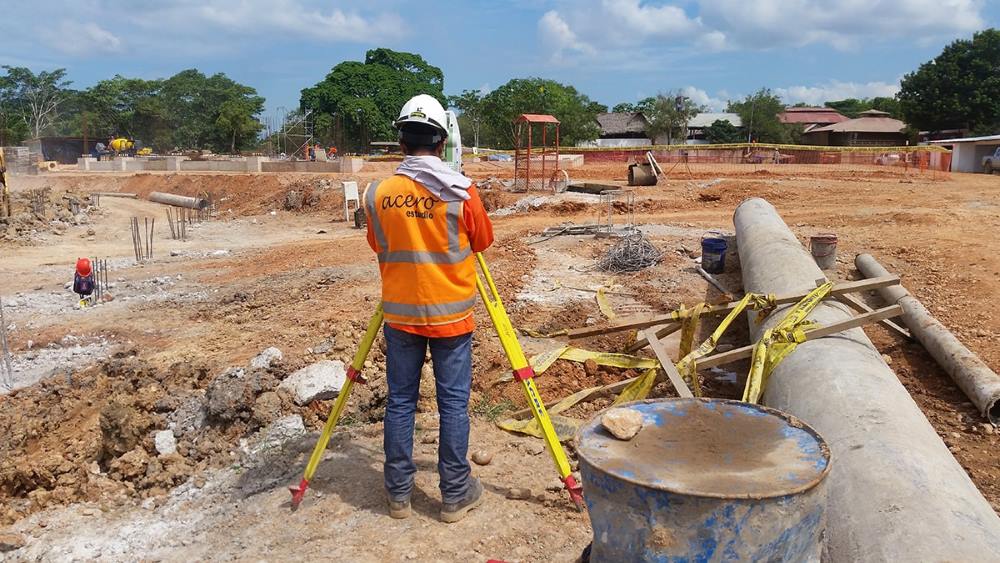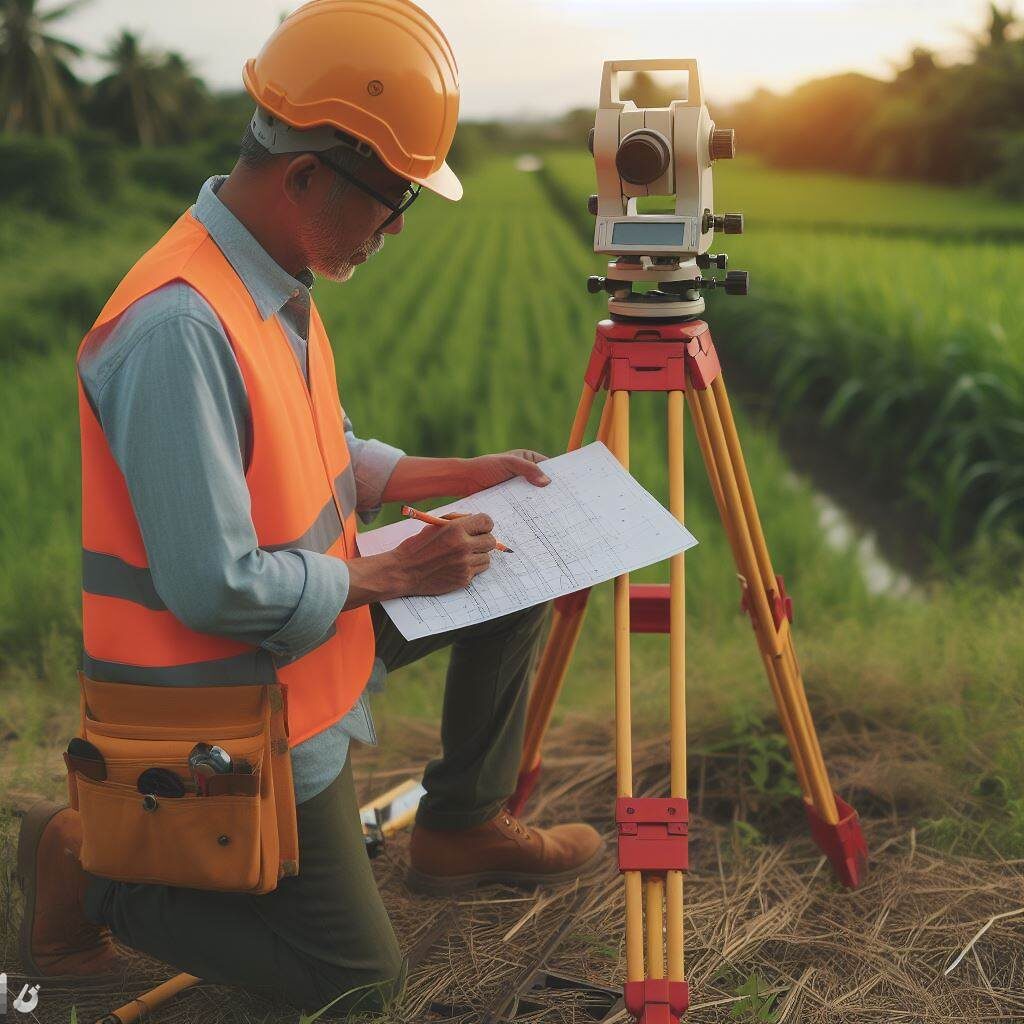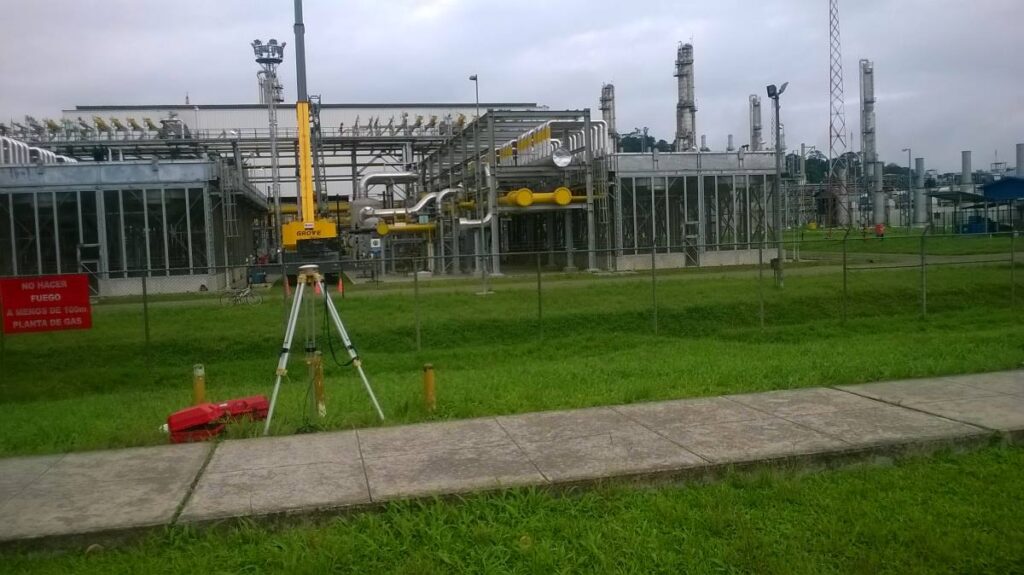Within infrastructure projects, a topographic survey is a fundamental study in the development and planning of hydraulic works, as it provides detailed and precise information about the terrain, allowing for efficient planning and execution of any water-related project.
Whether it’s the construction of dams or the installation of drainage systems, a topographic survey is essential at every stage of the process. In this article, we will explore the advantages of conducting a topographic survey in hydraulic works.
Enables Precise Planning
One of the significant benefits of topography in hydraulic works is the ability to carry out precise planning. The data collected during the survey provides detailed information about the area’s topography, terrain elevation, and the location of important features such as rivers, lakes, or reservoirs. This information helps us design and locate structures such as dams, channels, and drainage systems accurately.
Facilitates Optimization
With accurate data on the terrain’s topography, engineers can optimize the design of hydraulic works to ensure their effectiveness and durability. Thanks to Acero Estudio’s topography services, we can identify possible challenges or limitations of the terrain, such as steep slopes, erosion-prone areas, among other important details that can make a difference in risk mitigation.
Water Management
With global warming, water is becoming an increasingly important resource, so managing this liquid element is vital, and the discipline of topography assists us in this task by allowing proper management through information that enables us to use it with minimal environmental impact.
Reduction of Flood Risk
Understanding the geography and, above all, the topography of a terrain will help us develop constructive strategies that avoid flood-prone areas or, if the terrain is inherently flood-prone, help us identify potential watercourses to avoid them or create resilient structures for them.
Contact Acero Estudio and invest in our topography services; your project will thank you.



